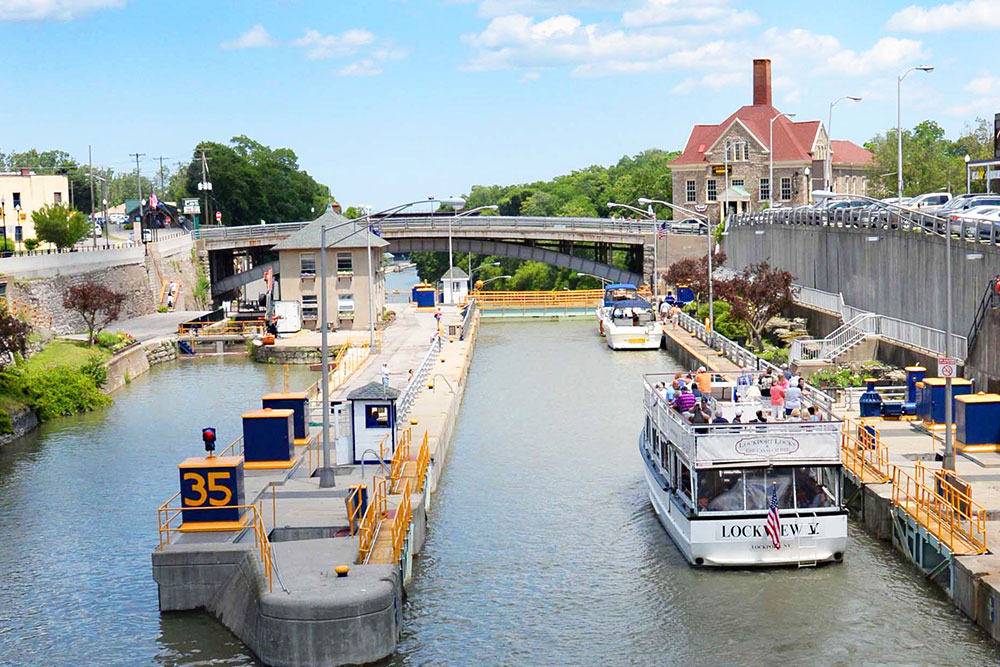Can carbon capture save us?
Energy and sustainability specialist, Mikayla Hoskins, talks carbon reuse and repurpose strategies, and asks if they hold the key to halting climate change

In our modern world, economies are growing at record rates. This unprecedented growth has been accompanied by modernisation, more cars on the roads, increased consumerism, and an unwelcome dependence on fossil fuels.
Although the level of greenhouse gas emissions directly correlates to the pace of social, economic and technical development taking place across the world, many carbon reduction targets now task us with limiting global temperatures from rising more than 2°C. Others, still, aim for an even more ambitious 1.5°C cap.
Mission impossible? Not necessarily. This past year, New York City published a 1.5°C Climate Action Plan outlining how it plans to achieve these targets and, following the Paris Agreement of 2015, other major cities are joining this bid to reduce global climate emissions.
Even if we were to stop consumption tomorrow, we would continue to feel the effects of our legacy beyond the year 2100 – experiencing more extreme temperatures, increasing acidification of the oceans, further extinctions of animal and plant species, and more frequent natural disasters. The reality is that we can’t undo our actions overnight, but urgent action is needed.
Looking to renewables
With energy demands increasing globally, turning to financially-viable renewable energy technologies is an easy sell. After years of research and innovation, renewable energy is becoming wide-spread and a reliable source of energy for many community. The sticking point comes in that its adoption, and subsequent reductions in carbon emissions, aren’t happening fast enough to meet global goals.
Repurpose, reuse and replenish
If we truly want to safeguard our planet for future generations, it’s time to get serious about CO₂ repurpose and reuse. One way to do this is through Carbon Capture and Storage (CCS), a field in which several new technologies and innovations have emerged in the past few years that are being adopted by cities around the world.
Oslo has created a carbon budget that sees the city rely on CCS alone to reduce emissions 15% annually with the aim of achieving carbon neutrality by 2030. Rotterdam also relies on CCS for reducing carbon emissions, assigning 50% of emission reduction goals to this strategy.
In Iceland, CO₂ emissions are being pumped underground into volcanic rock where they form carbonate minerals, and become solidified in just two years. This project has captured nearly 18,000 tons of CO₂ in the past three years from Iceland’s electricity production process, where annual emissions can reach 40,000 tons.
Near Zurich, a facility captures CO₂ for use in artificial photosynthesis. Greenhouses uses CO₂ to increase the yield of vegetables, creating a nearly carbon neutral food source.
On the other side of the world, just outside Sydney, a pilot plant is testing the commercial potential of mineral carbonation. In other words, this plant takes captured CO₂ gas and chemically reacts it with calcium and other elements to create building materials such as cement, stones and plasterboard.
Overcoming the obstacles
As with any new exploration, there are drawbacks to CCS – namely cost, safety, and its ability to support fossil fuel use. It can be assumed that with enough public support, financial backing and scientific research, safety and even cost concerns can be alleviated.
As to the third point, there is a good amount of oil money being funneled into CCS research, particularly for Enhanced Oil Recovery (EOR). While this investment may reflect an interest from the fossil fuel industry, as the greater purpose of the technology is to do without fossil fuels, it doesn’t seem feasible that EOR could save the industry. Continued research could, however, help to get the greater efforts of CCS up-and-running towards implementation and wide-scale applicability.
Implementing long term change
The technology proves for itself that it works. CO₂ emissions can be captured, and across the globe, there are approximately 21 large-scale CCS projects working to collectively capture 37 million tons of CO₂ annually. With approximately 49 billion tons of global CO₂ emissions each year, however, we’ve still got our work cut out for us. What needs to happen now is for scientists and industry to figure out how to do this in a way that helps us all.
Read our companion blog on NYC’s 1.5°C Climate Action Plan here.











